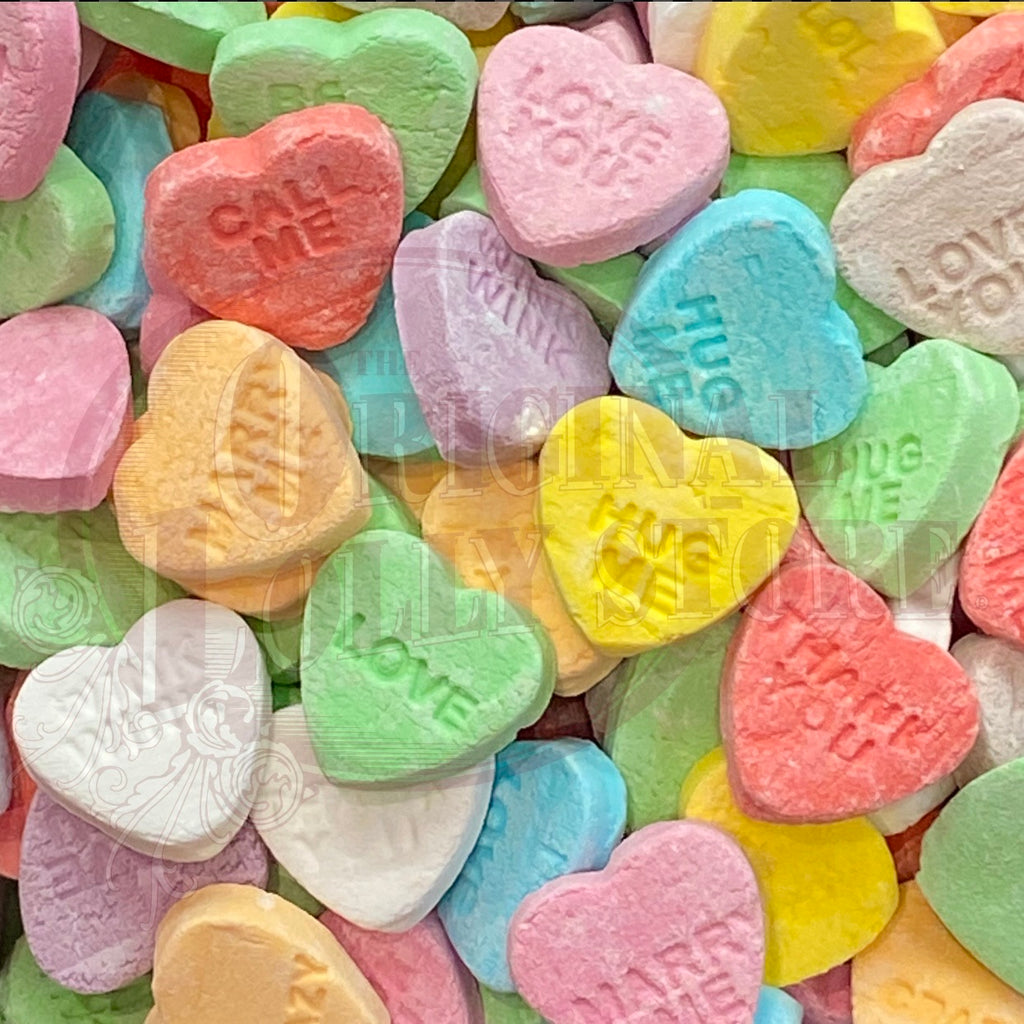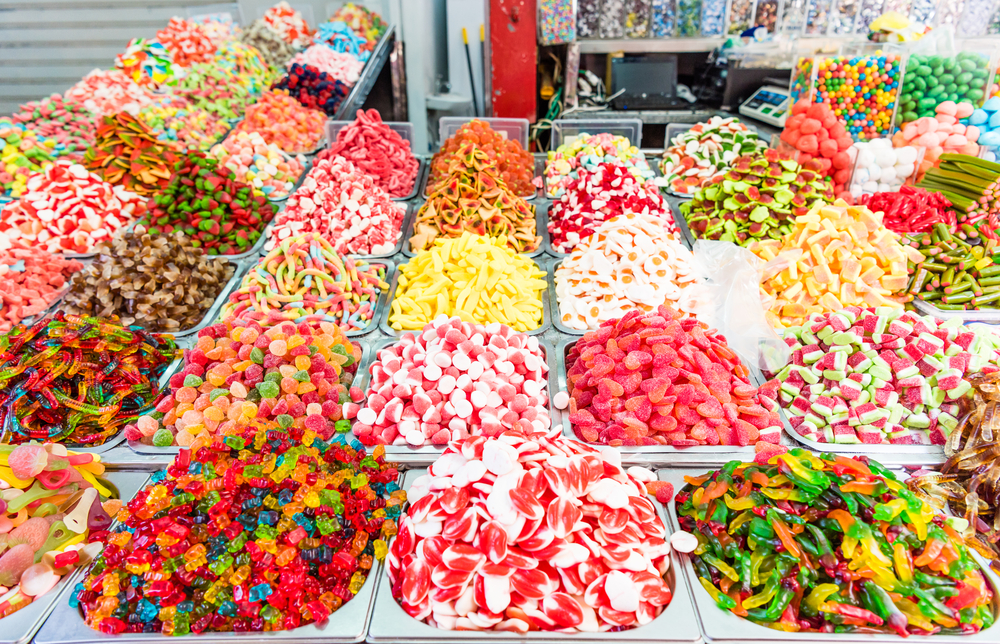I Luv Candi Fundamentals Explained
I Luv Candi Fundamentals Explained
Blog Article
The Buzz on I Luv Candi
Table of ContentsThe Only Guide for I Luv CandiRumored Buzz on I Luv CandiGetting My I Luv Candi To WorkThe Single Strategy To Use For I Luv CandiGetting My I Luv Candi To Work
We have actually prepared a great deal of business prepare for this kind of task. Here are the usual consumer segments. Client Section Description Preferences How to Discover Them Children Youthful customers aged 4-12 Vivid candies, gummy bears, lollipops Companion with neighborhood colleges, host kid-friendly events Teenagers Teens aged 13-19 Sour candies, novelty things, stylish treats Engage on social media sites, team up with influencers Parents Adults with children Organic and much healthier alternatives, nostalgic sweets Offer family-friendly promos, market in parenting magazines Trainees School pupils Energy-boosting candies, budget-friendly snacks Partner with nearby universities, advertise throughout exam periods Gift Consumers Individuals trying to find presents Costs chocolates, present baskets Create distinctive screens, provide personalized gift choices In examining the financial characteristics within our candy shop, we have actually located that consumers usually spend.Monitorings indicate that a regular client often visits the shop. Specific periods, such as vacations and special occasions, see a surge in repeat visits, whereas, throughout off-season months, the regularity could dwindle. carobana. Calculating the lifetime worth of an ordinary customer at the sweet-shop, we estimate it to be
With these factors in consideration, we can reason that the average income per consumer, over the program of a year, floats. The most successful clients for a sweet store are typically family members with young kids.
This demographic has a tendency to make frequent acquisitions, boosting the store's earnings. To target and attract them, the candy shop can employ vivid and lively marketing strategies, such as vivid display screens, appealing promotions, and possibly even hosting kid-friendly events or workshops. Producing an inviting and family-friendly atmosphere within the store can likewise boost the total experience.
The Only Guide for I Luv Candi
You can also approximate your own income by using different assumptions with our economic strategy for a sweet store. Ordinary month-to-month profits: $2,000 This sort of candy shop is commonly a small, family-run business, probably understood to residents however not drawing in huge numbers of vacationers or passersby. The shop might provide an option of common sweets and a few homemade treats.
The store does not normally lug unusual or costly things, focusing rather on budget-friendly deals with in order to preserve normal sales. Thinking an average costs of $5 per client and around 400 customers each month, the monthly income for this sweet-shop would be roughly. Typical monthly earnings: $20,000 This sweet store take advantage of its tactical location in a busy city location, drawing in a lot of consumers trying to find pleasant indulgences as they go shopping.
Along with its varied candy choice, this store might likewise sell related items like present baskets, sweet bouquets, and uniqueness things, offering numerous income streams - da bomb. The shop's place calls for a greater allocate lease and staffing however leads to higher sales volume. With an estimated average investing of $10 per client and about 2,000 customers per month, this shop could create
The Only Guide for I Luv Candi
Located in a significant city and tourist location, it's a huge establishment, often topped numerous floors and possibly part of a nationwide or international chain. The shop uses a tremendous range of sweets, including unique and limited-edition products, and merchandise like top quality apparel and accessories. It's not simply a store; it's a destination.
These tourist attractions aid to draw countless site visitors, considerably enhancing prospective sales. The operational expenses for this type of store are considerable due to the place, size, staff, and includes supplied. Nevertheless, the high foot web traffic and average costs can result in significant revenue. Presuming an ordinary purchase of $20 per customer and around 2,500 consumers each month, this front runner shop can achieve.
Category Examples of Costs Ordinary Monthly Expense (Variety in $) Tips to Reduce Costs Rent and Utilities Shop lease, power, water, gas $1,500 - $3,500 Take into consideration a smaller sized area, negotiate lease, and use energy-efficient lights and appliances. Supply Sweet, treats, packaging products $2,000 - $5,000 Optimize stock management to lower waste and track popular things to avoid overstocking.
Advertising And Marketing and Advertising Printed matter, on-line ads, promotions $500 - $1,500 Focus on economical electronic advertising and marketing and read here use social media sites platforms for cost-free promo. sunshine coast lolly shop. Insurance coverage Company obligation insurance $100 - $300 Search for competitive insurance policy prices and take into consideration bundling policies. Tools and Upkeep Sales register, present racks, repairs $200 - $600 Buy previously owned devices when possible and do normal maintenance to extend equipment lifespan
Everything about I Luv Candi
Charge Card Processing Fees Fees for refining card payments $100 - $300 Negotiate lower processing fees with payment cpus or check out flat-rate choices. Miscellaneous Workplace supplies, cleaning up supplies $100 - $300 Buy in mass and seek discount rates on materials. A sweet store becomes successful when its complete revenue surpasses its complete fixed costs.

A large, well-located candy store would clearly have a higher breakeven factor than a tiny store that does not need much profits to cover their costs. Curious concerning the profitability of your sweet-shop? Check out our user-friendly financial strategy crafted for sweet-shop. Merely input your very own presumptions, and it will help you compute the quantity you require to gain in order to run a rewarding service.
The Definitive Guide for I Luv Candi

Financial declines that reduce consumer spending can affect sweet store sales and profitability, making it important for sweet stores to manage their expenditures and adapt to changing market conditions to stay rewarding. These dangers are usually included in the SWOT analysis for a candy store. Gross margins and web margins are vital signs used to evaluate the success of a sweet shop company.
Essentially, it's the profit remaining after deducting prices straight associated to the candy stock, such as acquisition costs from distributors, production expenses (if the sweets are homemade), and team incomes for those associated with manufacturing or sales. Net margin, alternatively, factors in all the expenses the candy shop incurs, consisting of indirect costs like administrative expenses, advertising and marketing, lease, and tax obligations.
Sweet-shop generally have an ordinary gross margin.For instance, if your candy shop gains $15,000 each month, your gross profit would certainly be roughly 60% x $15,000 = $9,000. Let's illustrate this with an example. Think about a sweet-shop that offered 1,000 sweet bars, with each bar valued at $2, making the overall revenue $2,000. Nevertheless, the shop sustains prices such as purchasing the candies, energies, and salaries for sales staff.
Report this page